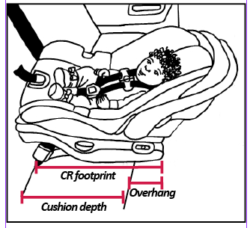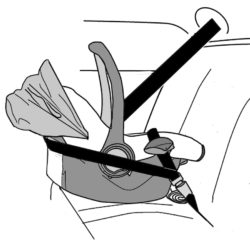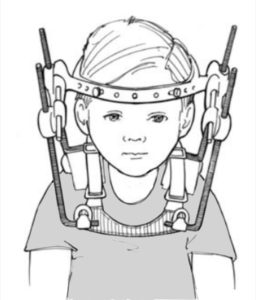Regular column will highlight vehicle-specific tips from SRN’s vehicle specialist
In a new column, “Ask Katrina,” SRN will share vehicle-related CPS information from Katrina Rose, SRN collaborator and vehicle liaison for the LATCH Manual. Katrina regularly fields questions posed by technicians in the field, so this column will provide an opportunity to share her answers and insights with all SRN readers.
We’ll kick off the column with a fundamental question:
Read More from ““Ask Katrina” Column”


